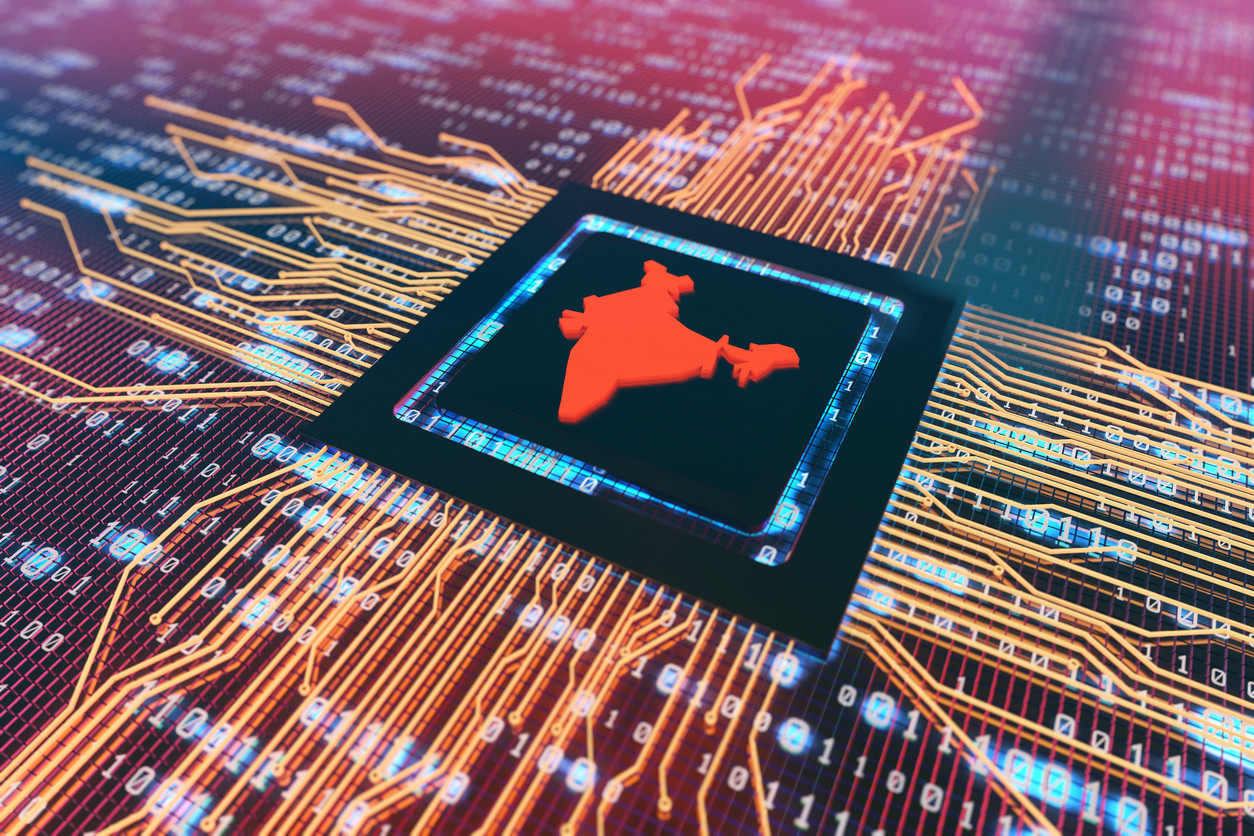India's Emergence in Semiconductor Manufacturing
04-12-2023 | By Fusion Worldwide
In the world of semiconductor manufacturing, India is poised to make a significant impact, as analysed this article by Fusion Worldwide, a global distributor of electronic components specialising in supply chain solutions for the technology industry. Aiming for a $5 trillion GDP, India’s strategic shift towards becoming a key player in the global semiconductor industry aligns with its broader goal of manufacturing diversification and technological self-reliance.
India's Tech-Driven Ambitions
India's semiconductor ambitions are underpinned by a strong research and development foundation, enhanced through global educational partnerships. The nation has made notable strides in designing over 2,000 ICs and chips, reflecting its growing capabilities. With the semiconductor market in India expected to exceed $80 billion by 2026, the transition from consumer to manufacturer is more than timely. The upcoming launch of India's first-ever chip manufacturing factory involving a Rs 24,000 crore investment marks a milestone in this journey. Speaking on this, Ashwath Narayan, Karnataka Minister for Information Technology, Electronics, and Skills Development, “We will probably become the first state in India to have a semiconductor fab. ISMC has the technology and the capability. Subject to the central government’s approval, we hope to see work starting on this plant from February.”

Identifying Key Hurdles
However, India’s semiconductor ambitions face several challenges:
1. Energy Infrastructure Upgrade:
A robust energy infrastructure is vital for India’s aspirations in electronic component manufacturing. Despite having significant coal reserves, India’s dependency on energy imports poses a challenge. The government's shift towards renewable energy sources for powering semiconductor plants is a strategic move to overcome these hurdles.
2. Strategic Global Partnerships:
The control of rare earth elements is pivotal in tech manufacturing. India, with 6% of the world's rare earth reserves, needs to develop strategic partnerships for securing these materials, navigating the complexities of international relations in the process.
3. Aligning Policy and Practice:
Understanding past challenges in semiconductor projects underscores the need for well-aligned government policies. The Indian government has introduced the Design Linked Incentive (DLI) Scheme, aimed at positioning India as a global hub for Electronics System Design and Manufacturing (ESDM) and developing a robust semiconductor chip design ecosystem. This initiative offers financial incentives and design infrastructure support to domestic companies, startups, and MSMEs engaged in semiconductor design. The scheme, part of the National Policy on Electronics 2019, targets a range of semiconductor components, including ICs, Chipsets, SoCs, and IP Cores. Designed to run initially for three years from January 2022, the DLI Scheme aligns with the government's broader Production Linked Incentive (PLI) scheme, both playing pivotal roles in stimulating domestic semiconductor production and echoing global trends in the industry.
India’s Semiconductor Vision
India’s venture into semiconductor manufacturing, as highlighted by Fusion Worldwide, represents a significant strategic development in its technology sector. Backed by government initiatives such as the Design Linked Incentive and Production Linked Incentive schemes, India is not only addressing past challenges but also setting a foundation for future growth in the global semiconductor market. The country's focus on developing a robust semiconductor ecosystem reflects its commitment to both technological advancement and economic growth.
The key to India's success in this endeavour will be its ability to maintain a stable and supportive environment for both domestic and international investments. This approach is crucial for India to leverage its potential as a major player in the semiconductor industry, aligning with global trends and responding to the increasing demand for diversification in the supply chain. As such, India's progress in semiconductor manufacturing is more than a national achievement; it's a vital contribution to the broader narrative of global technological evolution.
For more articles like this, check out https://info.fusionww.com/blog

